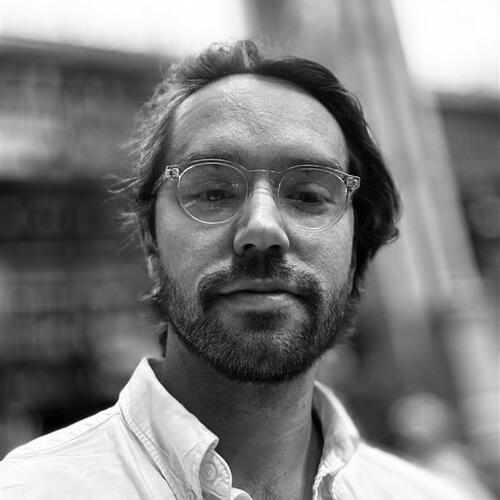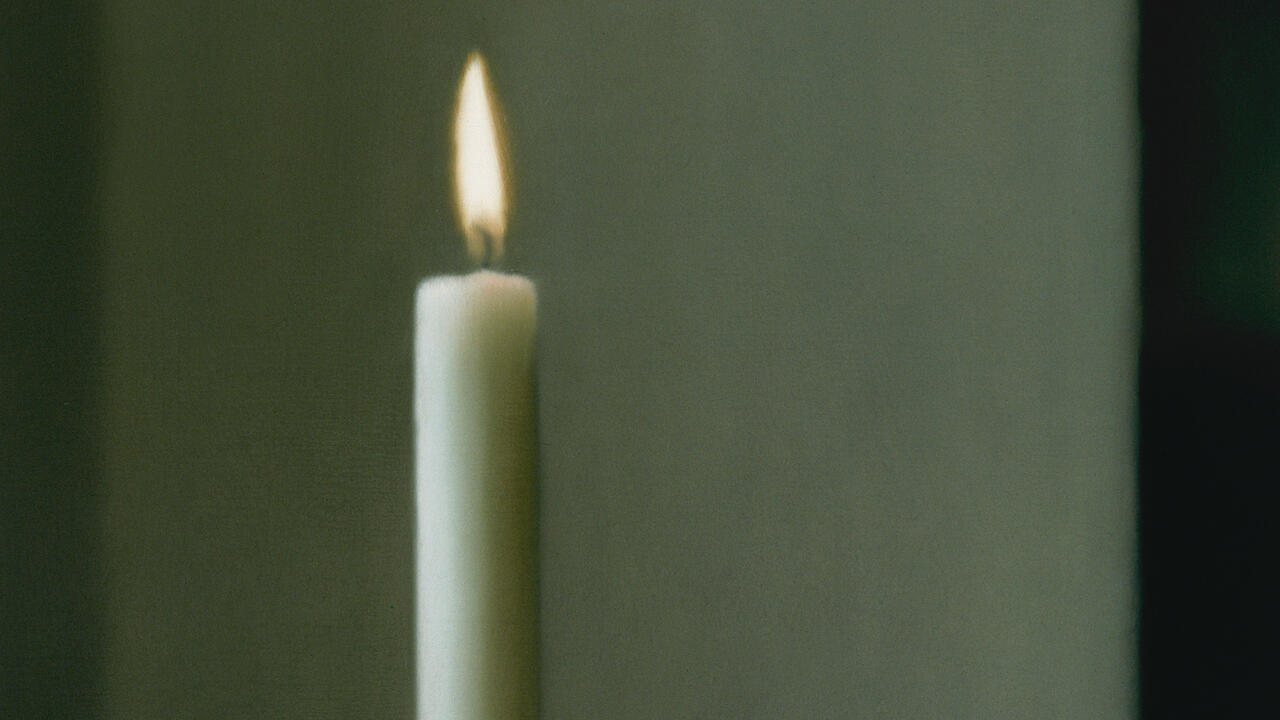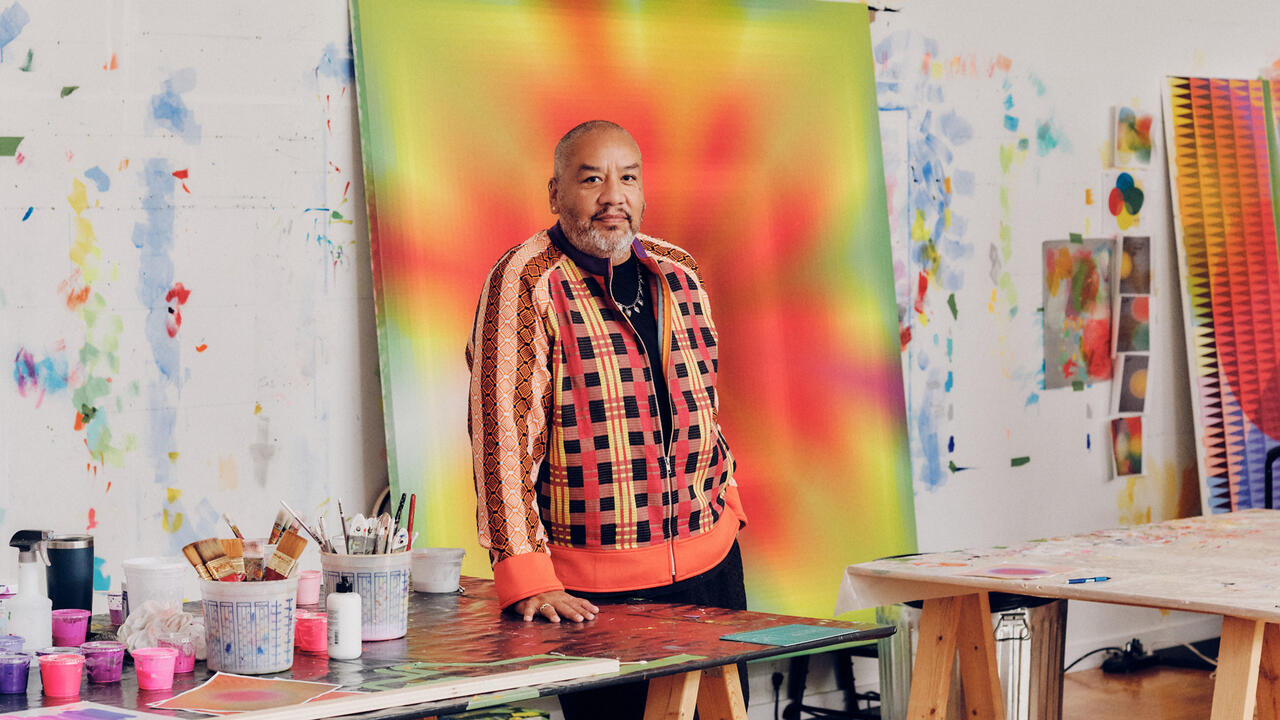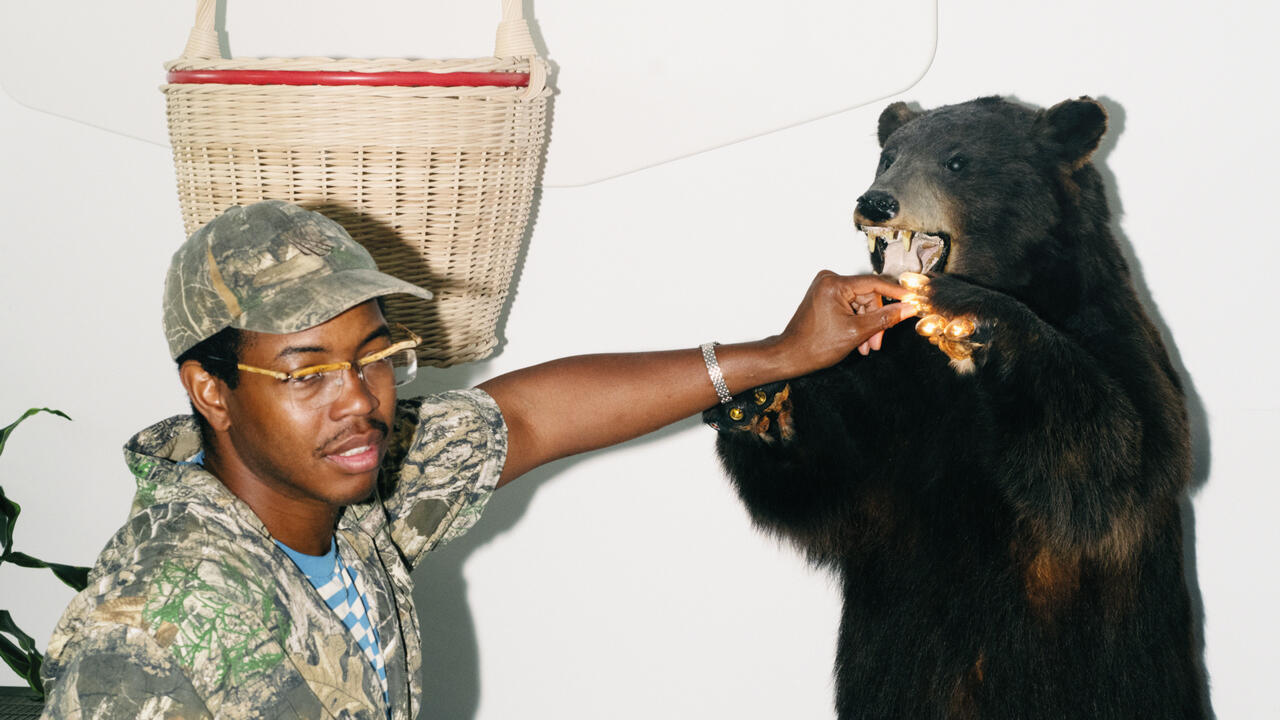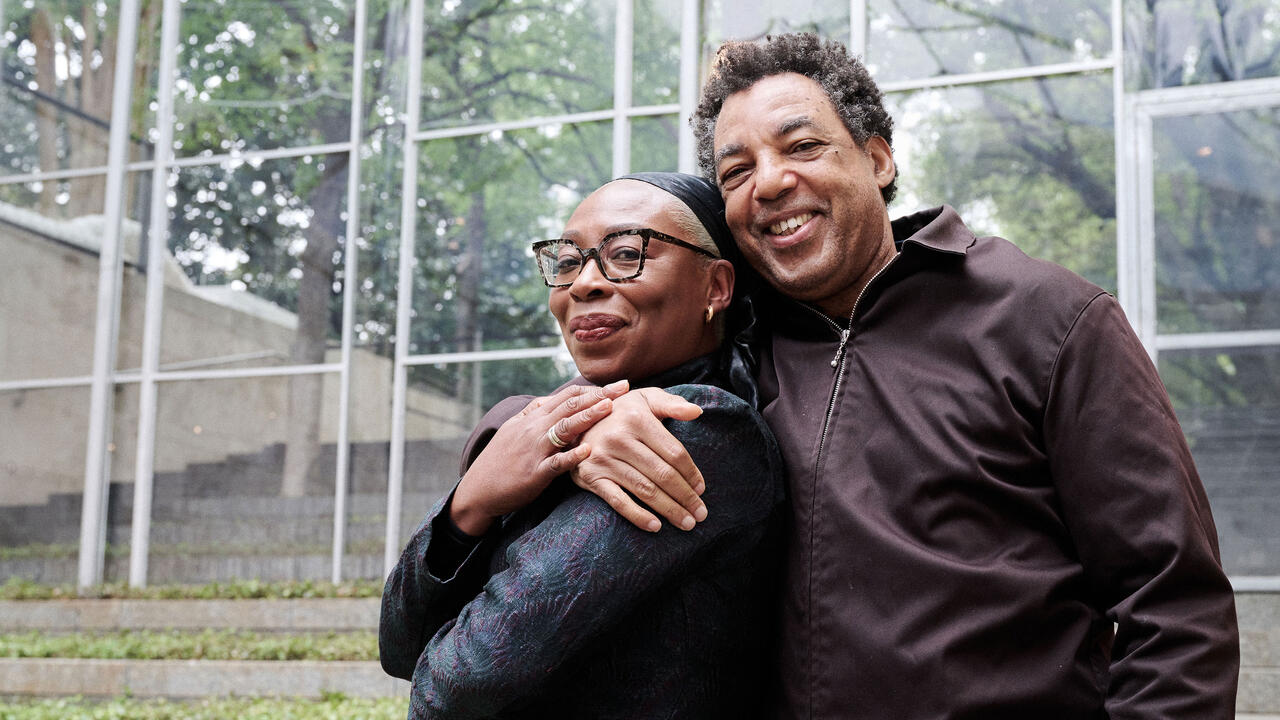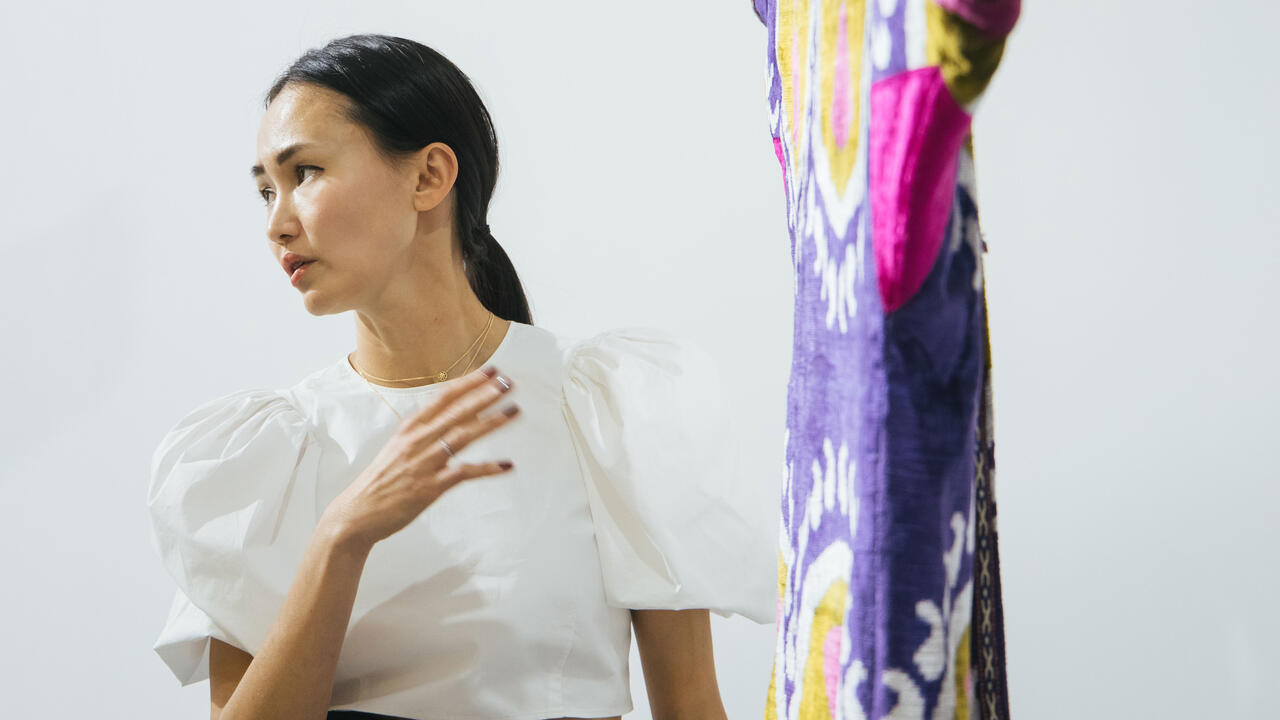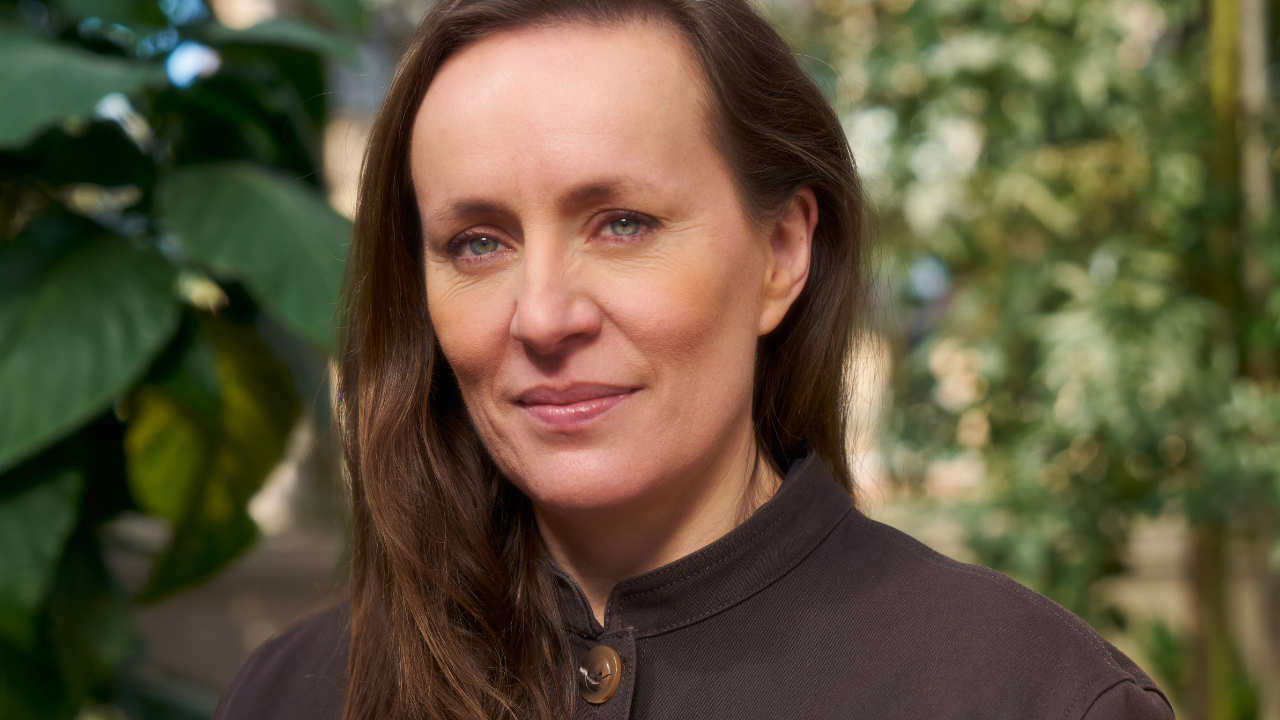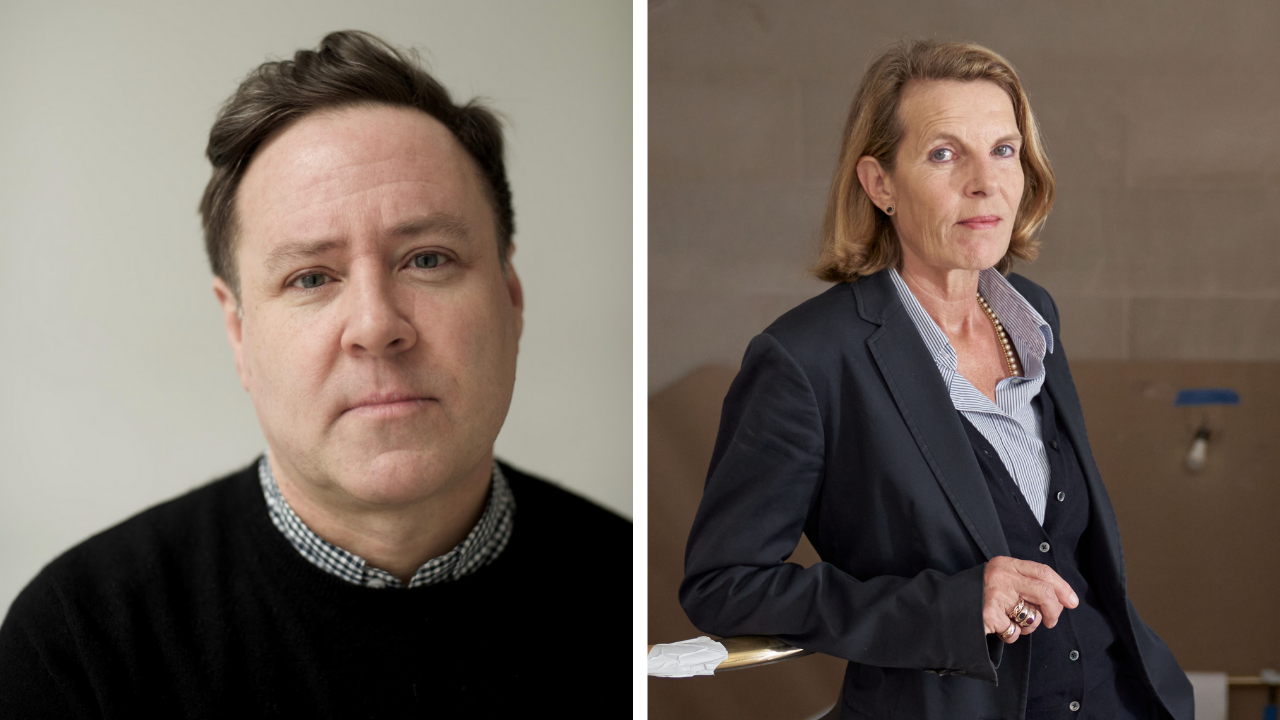‘Distance Triggered Collaboration’: Cédric Fauq at Palais de Tokyo

At 28-years-of-age, Cédric Fauq is the Palais de Tokyo’s newest and youngest curator. One of two new staff appointments by the Parisian contemporary art center’s new director Emma Lavigne, Fauq distinguished himself with a short but illustrious tenure at Nottingham Contemporary, as co-founder of the independent London space clearview.ltd and as co-curator of the Baltic Triennial 13.
Fauq greeted me at the Palais de Tokyo, wearing a beaming smile that not even his blue mask could hide. We bumped elbows – a new sort of pseudo-physically distanced handshake that has become the norm in Paris since the end of lockdown – before sitting down to talk about his future projects at the Palais de Tokyo, Black Lives Matter and how the museum is adapting to a post-pandemic world.

Wilson Tarbox: You are French, but you completed your studies and began your career in the UK. Is there anything that struck you in terms of differences in approaches or mentalities?
Cédric Fauq: I grew up around Toulouse, and studied in Paris, but quickly felt the need to familiarize myself with another language in order to speak about issues that I wanted to address in my work. I was also very conscious when I started interning for different places in France of the glass ceiling and the difficulties that one encounters here when pursuing a career as a curator of colour. In France, there are curators of colour, but they don’t often have institutional positions, they work as independents or they are abroad.

Five years ago, the discourse around race in France existed, but I wasn’t moving in the right circles to participate in it. The language was different because of the fear of communitarianism that we have here. In the UK this was not an issue; I met people who were questioning the same things as I was but not necessarily arriving at the same conclusions or even sharing the same perspectives. These exchanges helped me to develop my own thinking and to shape my own curatorial practice, which refuses the commodification of blackness. I investigate how the exhibition format actually helped form racist ideology by attempting to make blackness legible. I try to adopt an intersectional approach, but I am also very critical of how the notions of intersectionality and identity politics are appropriated and manipulated, even by institutions in the UK. Although I appreciate the receptivity to those ideas in the Anglo-Saxon context, I don’t necessarily think that the Anglo-Saxon model is the one to pursue. There are things to be criticized about how the Arts Council asks for a certain institutional labour based on representation. What should be requested is deconstructive work, to embrace the decolonial project.

WT: The murder of George Floyd at the hands of Minneapolis police in May sparked an international movement against racism that was felt here in France. As a curator who is interested in antiracist struggle and the politics of representation, could you speak a little to the cultural impact of Black Lives Matter here?
CF: I’m interested in looking at the idea of race as what I call an ‘operative fiction’. Many people in France say that race does not exist – indeed it is a social construction, but that construction has had a determining effect on the social and economic composition of our world. Thus, I am interested in replacing France at the centre of that cultural debate. We have a rich tradition of antiracist thinkers from Franz Fanon to Édouard Glissant, but I would also like to look at the women that shaped the Négritude movement and the place that many exiled African Americans also played in it. Artists Beauford Delaney, for instance, had a close relationship with James Baldwin that is currently being explored at the Knoxville Museum of Art. Right now, I am reading Claude Mckay, an African-American who lived in Paris and in Marseille. Paulette Nardal and Suzanne Césaire are people I'm interested in as well. Quite quickly you fall into a feminist branch and a proto-queer perspective on these issues, which is interesting because people tend to see these methodologies as new, but they already existed at the beginning of the 20th century. There are so many things to be researched, uncovered and put forward.

WT: How did the Covid-19 pandemic disrupt things for you personally, for the Palais de Tokyo as an institution and the French art world in general? How does it represent a paradigm shift?
CF: The Covid-19 outbreak delayed my arrival in Paris by two months, but also gave me a productive break to think and come up with ideas. Covid shook up our exhibition plans and we are currently working on an exhibition that was not planned. In October we were supposed to open the ‘Carte Blanche’ series with Anne Imhof but that has been pushed back to February of next year. Ulla von Brandenburg and ‘Notre monde brûle’ have both been prolonged.
As the makeup of the curatorial team recently changed, with the arrival of François Piron and me, we quickly thought about working altogether (the seven curators). Distance triggered collaboration: there was this desire for exchange, contact and togetherness that resulted in ‘Anticorps,’ (Antibodies) the exhibition that will open in October, which will be a reflection on touch and distance from a poetic and political standpoint. One of the ambitions is to look at the vocabulary we use to speak about our bodies and our immune system, very much related to a military lexicon. How can we demilitarize that? How can Palais de Tokyo operate in post-Covid (if that’s even a thing) creating a sense of place and community? How can you affect people now in the exhibition experience that cannot be as immersive as before? There are works that are going to invite people to touch themselves rather than others. For instance, one of Kevin Desbouis’s gestures involves temporary tattoos.
Main image: Palais de Tokyo, exterior view, 2014. Courtesy: Palais de Tokyo; photograph: Florent Michel








